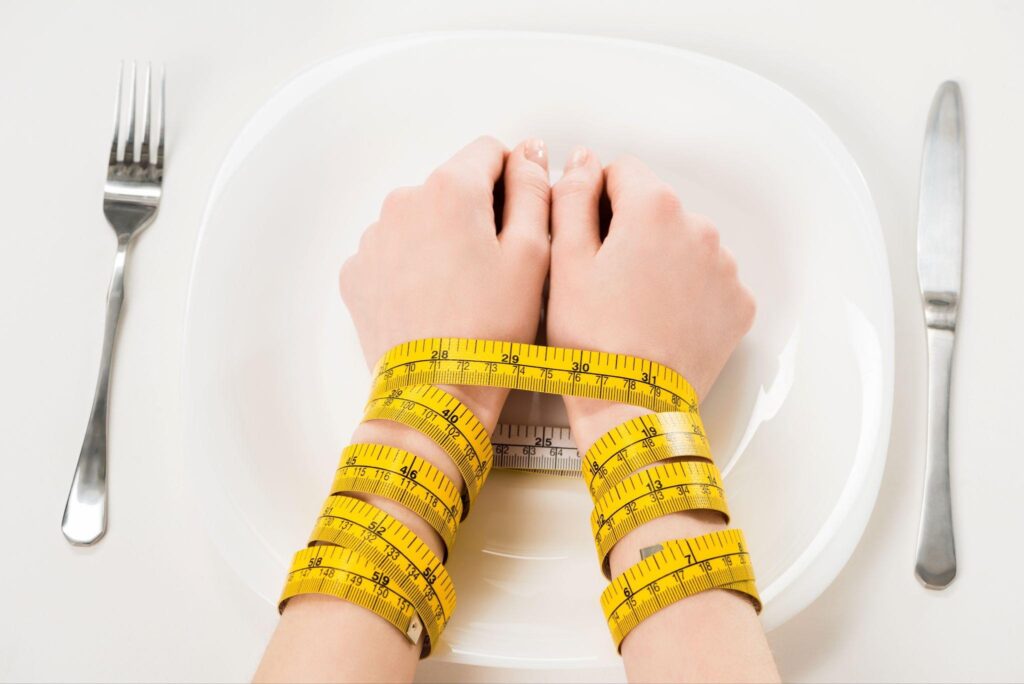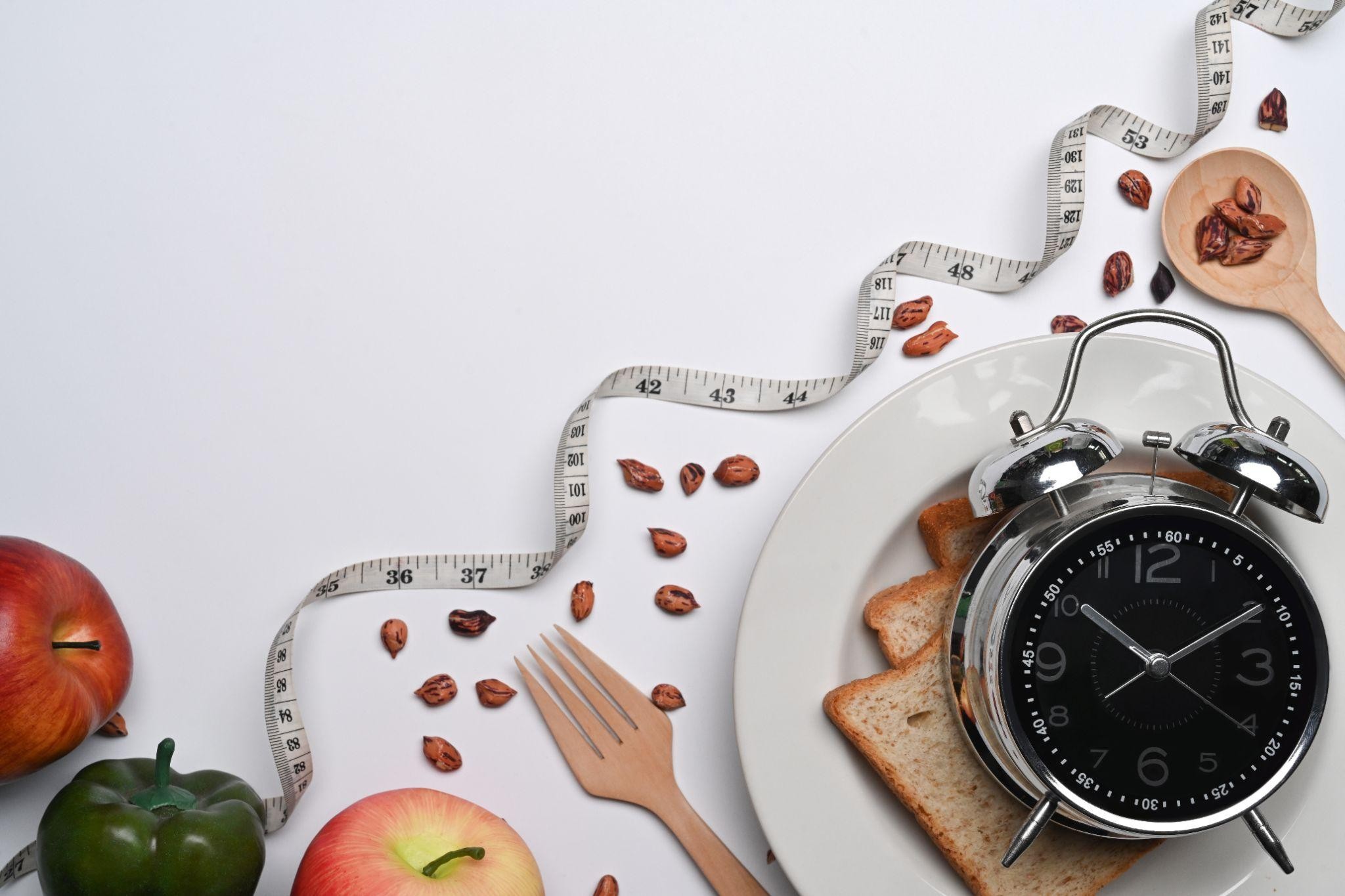Intermittent fasting is everywhere but did you know women’s bodies react differently to fasting than men’s? Expert notes that while fasting can boost fat loss and improve insulin sensitivity in men, it may affect blood sugar regulation and hormone balance in women, especially with prolonged fasting or extreme calorie restriction.
Women’s metabolisms are more sensitive to energy restriction, meaning fasting the wrong way can slow fat loss instead of accelerating it.
But when done correctly, fasting can be a powerful tool for female fat loss without wrecking your hormones. In this post, we’ll break down the best fasting schedules for women, how to avoid common mistakes, and how to time your meals for maximum fat loss.
If you’re looking for expert guidance, River Valley Weight Loss, Eau Claire provides science-backed strategies to help you lose weight in a way that works with your body, not against it.
Let’s get started.
The #1 Mistake Women Make When Fasting
Fasting can be a powerful tool for fat loss, but many women unknowingly make a critical mistake. Fasting too aggressively without considering their hormones.
Women’s bodies aren’t built for extreme calorie restriction the way men’s are. When food intake drops too low or fasting windows stretch too long, the body senses potential starvation.
Instead of burning fat, it holds onto it and starts slowing metabolism.
This happens because fasting affects GnRH (gonadotropin-releasing hormone), which plays a key role in regulating estrogen and progesterone. When GnRH is disrupted, it can lead to:
- Missed or irregular periods
- Low energy and mood swings
- Increased cravings and stalled weight loss
For women who are pre-menopausal, trying to conceive, or struggling with hormonal imbalances, the wrong fasting approach can make things worse.
The solution? A balanced fasting plan that works with your cycle, not against it. Let’s break down the best fasting schedules for fat loss without harming your metabolism.
What’s the Best Fasting Window for Women?
If you’re new to fasting or have struggled with energy crashes, cravings, or irregular periods, jumping straight into 16:8 fasting might not be the best move.
Instead, it’s better to ease in gradually and pay attention to how your body reacts.
1. The 12:12 Method (Best for Beginners & Hormone Balance)
- How it works: Fast for 12 hours, eat within a 12-hour window.
- Example: Stop eating at 8 PM, have breakfast at 8 AM.
- Why it works:
✅ Gentle on the metabolism, making it great for beginners.
✅ Doesn’t overly stress the body, keeping hormones stable.
✅ Can be maintained long-term without negative side effects.
Best for: Women with hormone imbalances, beginners, or those looking for an easy, sustainable fasting method.
2. The 14:10 Method (Best for Fat Loss Without Hormonal Stress)
- How it works: Fast for 14 hours, eat within a 10-hour window.
- Example: First meal at 10 AM, last meal at 8 PM.
- Why it works:
✅ Long enough to increase fat burning without being too restrictive.
✅ Helps stabilize blood sugar and reduce insulin spikes.
✅ Supports metabolism while minimizing cravings.
Best for: Women looking for steady weight loss without energy crashes.
3. The 16:8 Method (Popular but Not for Everyone)
- How it works: Fast for 16 hours, eat within an 8-hour window.
- Example: First meal at 12 PM, last meal at 8 PM.
- Why it works:
✅ Longer fasting period promotes deeper fat-burning (ketosis).
✅ Can work well for postmenopausal women or those with stable hormones.
❌ May increase stress hormones in premenopausal women if done daily.
Best for: Women who have already built fasting tolerance and want to optimize fat loss.
If you’re wondering whether meal timing or calorie counting has a bigger impact on fat loss, check out our guide on Meal Timing vs. Calorie Counting – Which One Matters More for Fat Loss?

Fasting Schedules to Avoid for Women
Some fasting methods are too extreme and may do more harm than good. If you experience low energy, increased cravings, or irregular cycles, these could be the culprits:
OMAD (One Meal a Day)
One meal a day might sound like a shortcut to weight loss, but for most women, it’s too restrictive.
- Slows metabolism due to prolonged calorie deprivation
- Triggers intense hunger and can lead to overeating later
- Increases stress hormones, which may stall fat loss
24+ Hour Fasts (Too Often)
An occasional long fast may be fine, but doing it regularly can backfire.
- Elevates cortisol (stress hormone), which makes fat loss harder
- Disrupts hormonal balance, potentially affecting energy and mood
- Can lead to nutrient deficiencies if not carefully managed
If fasting makes you feel worse instead of better, it’s a sign your body needs a different approach.
If late-night snacking is part of your routine, it might be affecting your progress. Learn more in Late-Night Eating and Metabolism – Is It Stalling Your Weight Loss?.
Timing Your Fast With Your Cycle
For premenopausal women, fasting is more effective when aligned with hormonal changes:
✔ Best time to fast: After your period starts and during the first half of your cycle.
- Estrogen is higher, making fasting easier and more effective
- The body is more resilient to metabolic stress, supporting fat loss
❌ Worst time to fast: The week before your period.
- Estrogen drops, cortisol rises, increasing stress sensitivity
- More likely to experience mood swings, low energy, and cravings
For postmenopausal women, fasting tends to be easier since hormone fluctuations are minimal.
- However, overly aggressive fasting can still slow metabolism and increase stress hormones.
- It’s important to listen to your body and adjust as needed.
At the end of the day, the best fasting schedule is the one that supports your body, not fights it. Fasting should help you feel energized, not depleted.
Take the Next Step: Burn Fat Smarter, Not Harder
Fasting can be a powerful tool, but only if done the right way. For women, that means choosing the right fasting schedule, eating the right foods, and adjusting based on how your body responds.
Why Guess When You Can Get a Plan That Works?
At River Valley Weight Loss, we help women create personalized fat-loss strategies that support metabolism instead of slowing it down. Whether you’re exploring fasting, meal timing, structured programs, our approach ensures that fasting works with your hormones, not against them.
Ready to See Real Results?
If you’re tired of trial and error, let’s build a plan that fits your lifestyle and delivers lasting results. Book your free consultation today


